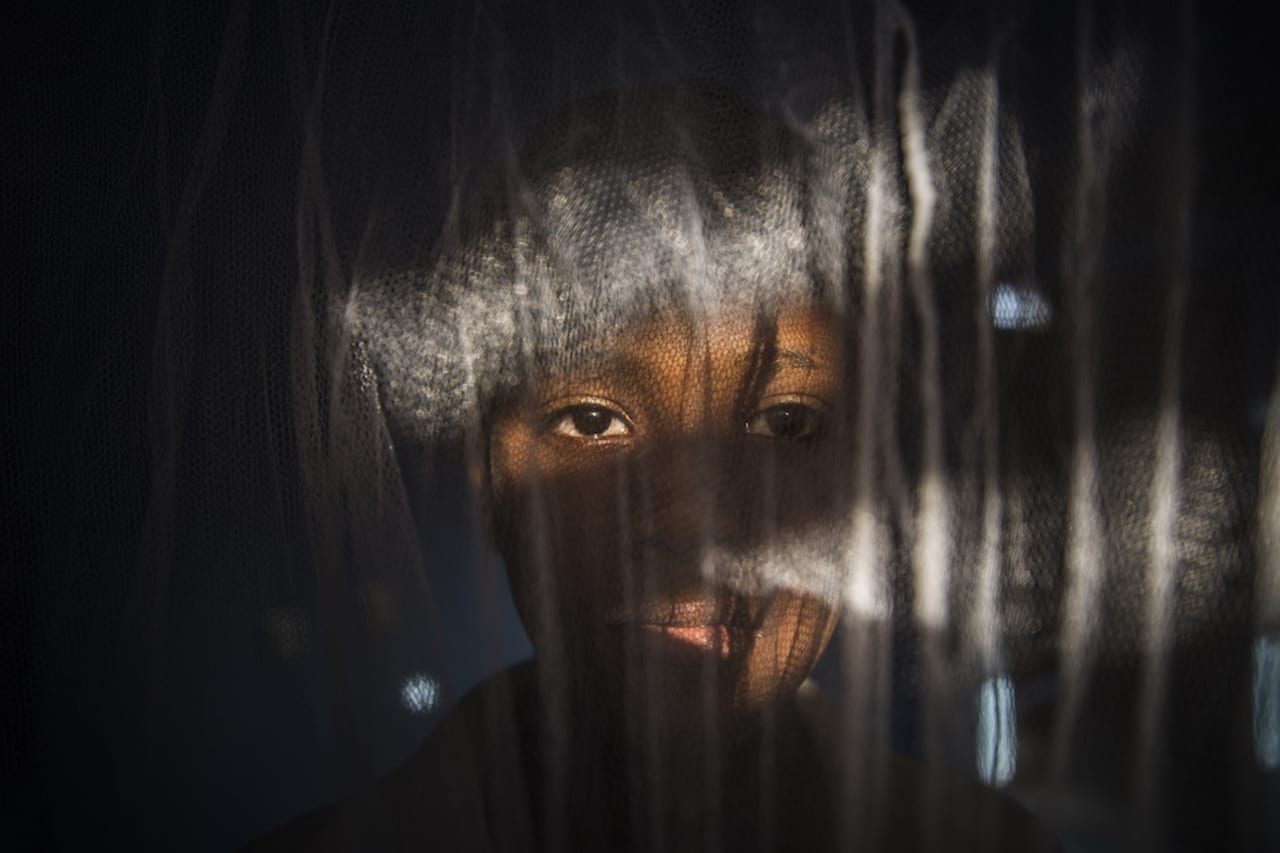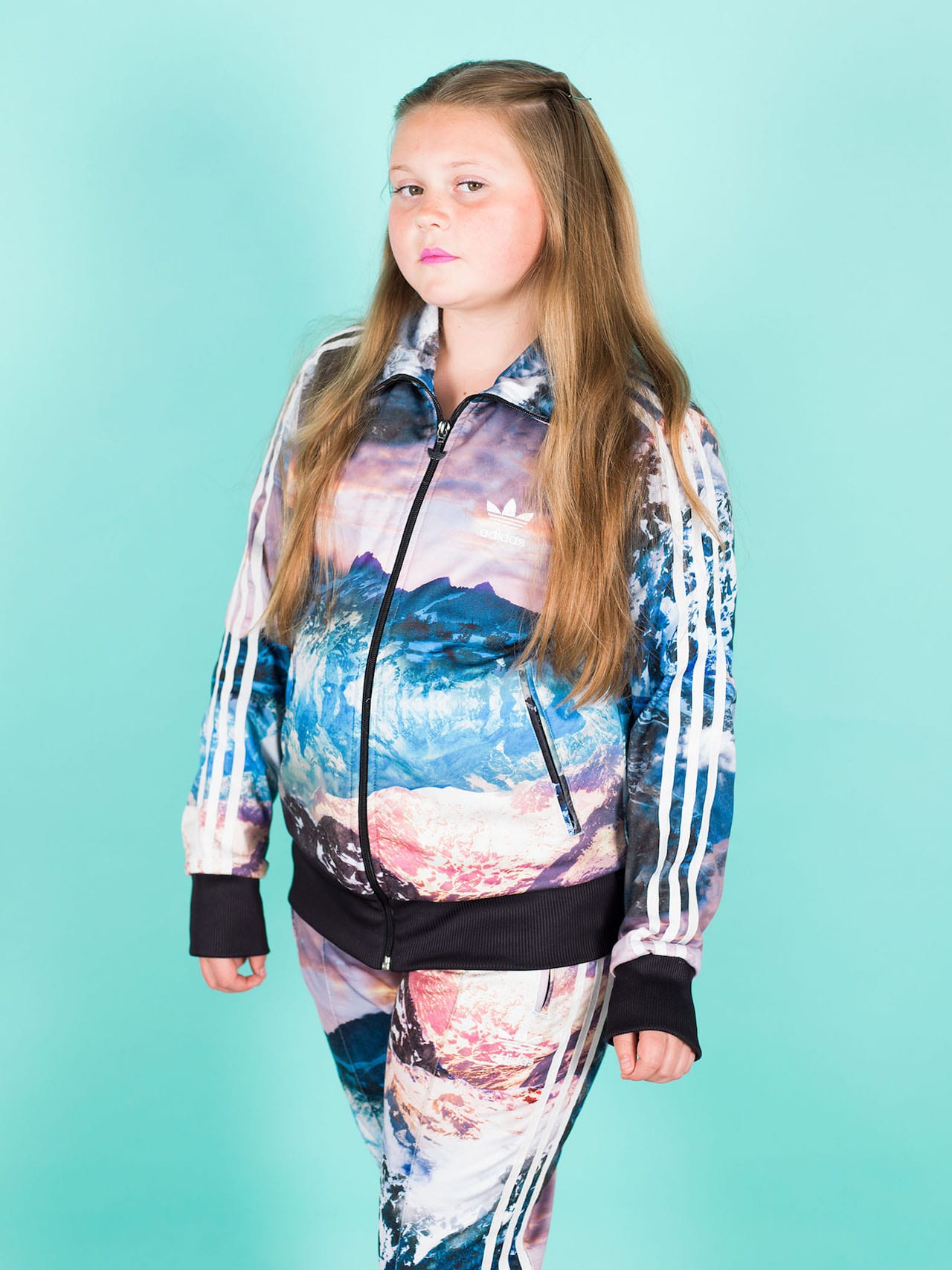Known for his eerie, black-and-white flash photography, Hausthor unpacks how his half-broken camera and decade-old flash produce haphazard images that prioritise the moment


Known for his eerie, black-and-white flash photography, Hausthor unpacks how his half-broken camera and decade-old flash produce haphazard images that prioritise the moment

The World Press Photo Foundation has announced the six talents from North and Central America in its ongoing 6×6 Global Talent Program. Aimed at picking out under-recognised visual story-tellers from around the world, the 6×6 programme is now on its fifth region, out of the six identified around the world. This time, the talents picked out were: Dylan Hausthor, USA; Ian Willms, Canada; Mariceu Erthal García, Mexico; Nydia Blas, USA; Tomas Ayuso, Honduras; and Yael Esteban Martínez Velázquez, Mexico.
Each talent has been picked out for two stories: Hausthor, for example, submitting a project called Past The Pond, Setting Fires, about arson in small-town America; and Wood Grain Lick, a documentary and fictional look at life on the edges. Willms’ projects are As long as the sun shines, a story about oil sands extraction in northern Alberta, Canada, and its effect on the local community; and We shall see, about the death of his biker father. Mariceu Erthal García’s projects are Iriana, shot on a holiday in Cuba; and Letters to Gemma, about a young Mexican woman who disappeared seven years ago.

Derby is a small British city but once every two years it hosts a big event – the FORMAT Festival. Directed by the well-respected photography specialist Louise Fedotov-Clements and running since 2004, FORMAT has established a firm reputation for interesting international work, and FORMAT19 looks set to continue the good work with exhibitions spread across both Derby and another neighbouring city, Nottingham. Taking place next spring, FORMAT19 is themed FOREVER/NOW and takes on an interesting contemporary question – the role of documentary photography.
“In 2007, while the photography world was still grappling with the idea of photography as an interpretive, non-narrative, non-representational medium, writer Lucy Soutter wrote about the ‘expressive’ versus the ‘straight’ documentary photograph, insightfully characterising the then two sides of the debate,” runs the FORMAT19 press material.
“Since then photography has grown to encompass many manifestations of the ‘crooked’ image through hybrid forms and visual practises and no longer worries about narrative versus abstraction, expressive versus objective. The new generation of photographic artists rush towards the new, embracing the rapid transformation that technology and cultural exchanges bring to it.”

“In Centralia, Poulomi Basu continues to focus her gaze on the interrelation between violence, state power, and gender,” says Monica Allende, member of the jury for the PHM grant. “By intertwining multilayered fictional narratives she aims to challenge the viewer’s perception of reality, as well as established neocolonialist histories. “In an era of post-truth and fake news, where we battle for control of “official” narratives, Basu’s work forces us to reflect on our own prejudices and educated preconceptions. Despite addressing such complex issues, the work is both illuminating and engaging – a testament to her innate ability as a documentarian. The result is a beautifully executed story which is thoroughly deserving of the winning grant.”

Running since 2013, the PHM Grant has a reputation for finding interesting new photographers such as Max Pinckers, Tomas van Houtryve, and Salvatore Vitale. Now the 35-strong shortlist for the 2018 has been announced, with the winners due to be announced on 08 May and four prizes up for grabs – a first, second and third in the main award, plus a New Generation Prize. Each winner gets a cash prize plus a publication on World Press Photo’s Witness, a projection at Cortona On The Move and at Just Another Photo Festival, and promotion via PHmuseum. The jury handing out the awards is made up of photography specialists – Genevieve Fussell, senior photo editor at The New Yorker; Roger Ballen, photographer and artist; Emilia Van Lynden, artistic director of Unseen; and Monica Allende, independent photo editor and cultural producer. The jury is able to give Honourable Mentions, up to six in the main prize, and up to three in the New Generation Prize.